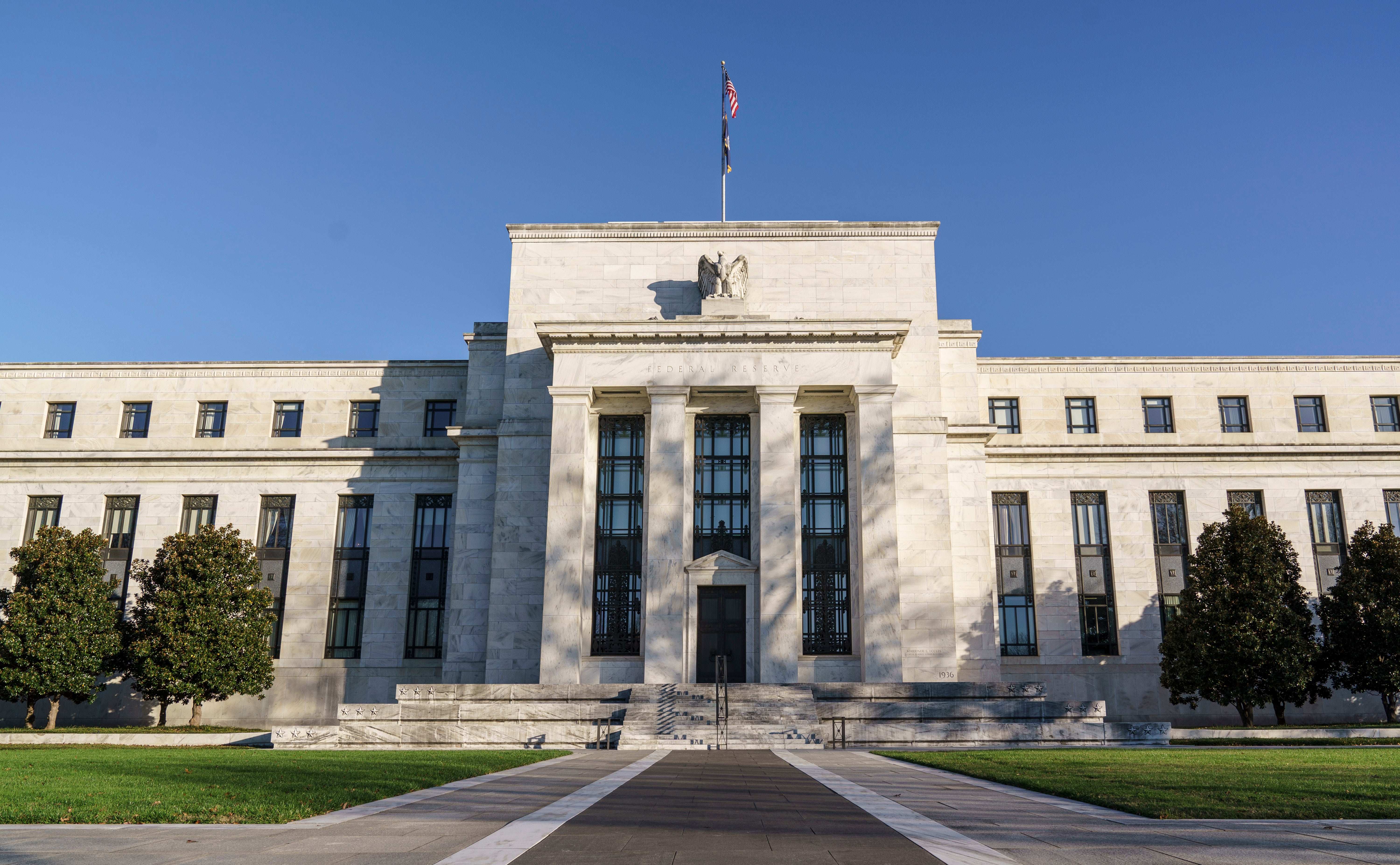Fed pays US Treasury $86.9 billion, largest sum in 4 years
The Federal Reserve earned $88.6 billion in 2020 and paid back to the federal government $86.9 billion, the largest Fed payment to the government in four years

Your support helps us to tell the story
From reproductive rights to climate change to Big Tech, The Independent is on the ground when the story is developing. Whether it's investigating the financials of Elon Musk's pro-Trump PAC or producing our latest documentary, 'The A Word', which shines a light on the American women fighting for reproductive rights, we know how important it is to parse out the facts from the messaging.
At such a critical moment in US history, we need reporters on the ground. Your donation allows us to keep sending journalists to speak to both sides of the story.
The Independent is trusted by Americans across the entire political spectrum. And unlike many other quality news outlets, we choose not to lock Americans out of our reporting and analysis with paywalls. We believe quality journalism should be available to everyone, paid for by those who can afford it.
Your support makes all the difference.The Federal Reserve reported Monday that it earned $88.6 billion in 2020 and paid back to the federal government $86.9 billion, the largest Fed payment to the government in four years.
The Fed said that its earnings were up $33.1 billion last year, a gain that reflected falling interest rates which meant the central bank paid commercial banks less in interest payments on bank reserves that the Fed requires them to keep.
The $86.9 billion in payments to the U.S. Treasury was a 58.3% increase from the Fed's payment of $54.9 billion in 2019. It was the largest amount since the Fed paid the Treasury $91.5 billion in 2016.
However, the circumstances surrounding the increase are different. In 2016, the Fed had a sizable balance sheet containing large increases in its holdings of Treasury securities and mortgage-backed securities for which is was earning hefty returns.
The Fed began increasing its balance sheet last spring by $120 billion per month to help support the economy during the coronavirus pandemic. But this time, interest rates are much lower than they were following the 2008 financial crisis.
Those lower interest rates mean the Fed did not see the sizable earnings increase from its securities holdings this time around. Instead interest income on its securities holdings totaled $101.2 billion, a decrease of $1.6 billion from the previous year despite the bigger size of the holdings.
However, the Fed's earnings for the full year did increase because the amount it had to pay to banks in interest payments on their reserves fell to $7.9 billion, a decrease in Fed payments of $27.1 billion from the previous year.
The Fed's audited financial report differed only slightly from a preliminary report released in January which showed the Fed paid the Treasury $88.5 billion, slightly smaller than the final accounting of a payment of $86.9 billion.
The Fed created a number of support programs to prop up the financial system after it came under severe stress when the pandemic hit in March 2020. The audited financial statement showed that only the Main Street lending program suffered a loss which was projected to total $2.4 billion.
However, under the emergency relief programs established by Congress that loss, if it is realized, would be covered by funds supplied by the Treasury Department.